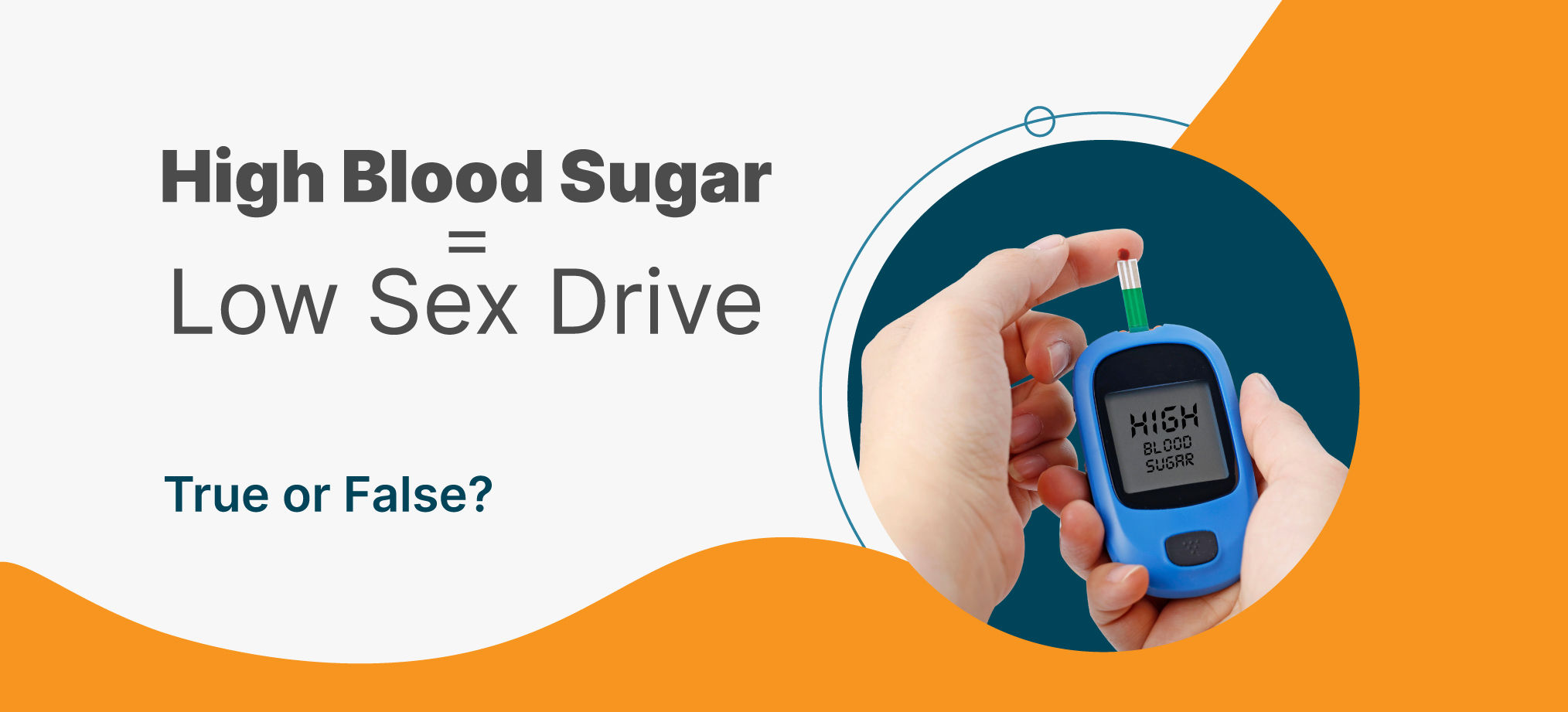Diabetes Management
Is the Risk of Developing Diabetes Higher in the Late Thirties?
3 min read
By Apollo 24|7, Published on - 14 December 2023
Share this article
0
0 like

As individuals approach their late thirties and early forties, concerns about health and well-being become increasingly prominent. One common question that often arises during this period is whether the risk of developing diabetes is higher. To understand this, it's essential to delve into the factors that contribute to diabetes risk and how age plays a role in this complex health equation.
Type 1 Diabetes and Age
Type 1 diabetes, often diagnosed in childhood or adolescence, is less likely to develop in one's late thirties. This form of diabetes is primarily autoimmune, where the immune system mistakenly attacks and destroys insulin-producing beta cells in the pancreas. However, it's important to note that Type 1 diabetes can develop at any age, although it is less common in adults. If it does occur, it's known as latent autoimmune diabetes in adults (LADA) and may be misdiagnosed as Type 2 diabetes due to its slower onset.
Type 2 Diabetes and Age
The risk of Type 2 diabetes, on the other hand, tends to increase with age. Several factors contribute to this age-related risk:
- Metabolic Changes: As people age, their metabolism may slow down, leading to weight gain and changes in how the body processes glucose. This can contribute to insulin resistance, a key factor in Type 2 diabetes.
- Lifestyle Factors: Over the years, lifestyle choices can accumulate, impacting diabetes risk. Poor dietary habits, lack of physical activity, and weight gain are more likely to occur as individuals enter their thirties and beyond.
- Genetic Predisposition: Family history plays a significant role in Type 2 diabetes risk. As people age, the influence of genetics becomes more apparent, potentially increasing the likelihood of developing the condition.
- Hormonal Changes: Hormonal fluctuations, particularly in women during perimenopause and menopause, can affect blood sugar control and contribute to diabetes risk.
- Stress and Insulin Resistance: The demands and stresses of midlife, including career and family responsibilities, can lead to increased stress levels. Chronic stress is associated with insulin resistance and may raise the risk of diabetes.
Prevention and Management:
Understanding the age-related risk of diabetes is crucial for proactive prevention and effective management. Individuals in their late thirties and beyond can take steps to mitigate this risk:
- Healthy Lifestyle: Adopting a balanced diet, engaging in regular physical activity, and maintaining a healthy weight are fundamental in reducing the risk of Type 2 diabetes.
- Regular Checkups: Annual checkups that include blood glucose monitoring can help detect prediabetes or early-stage diabetes, allowing for timely intervention.
- Stress Management: Practicing stress-reduction techniques such as mindfulness, meditation, and exercise can help improve blood sugar control.
- Family History Awareness: Knowing one's family history of diabetes allows for heightened vigilance and proactive measures.
Conclusion
While the risk of Type 1 diabetes in the late thirties is relatively low, the risk of Type 2 diabetes tends to increase with age. Understanding the influence of metabolic changes, lifestyle factors, genetics, hormonal shifts, and stress is essential for effective prevention and management.
You can also try the Apollo 24|7 Diabetes Self-Management Tool to log your sugar values, track patterns, know all about food nutrition and more.
Diabetes Management
Consult Top Diabetologists
View AllLeave Comment
Recommended for you

Diabetes Management
Can Diabetes Cause Sexual Dysfunction?
Living with diabetes can impact sexual health due to factors like nerve damage and blood vessel issues. Both men and women with diabetes may experience low libido, erectile dysfunction, painful intercourse, and fertility challenges. To deal with these challenges, one should focus on managing blood glucose levels, maintaining a healthy weight, staying active, and seeking medical advice are crucial.
.jpg?tr=q-80)
Diabetes Management
What Happens if a Diabetic Gets Stung by a Bee?
Bee stings may present significant health complications for individuals with diabetes. Understanding these risks and knowing how to effectively manage a sting could make a huge difference. Consider enrolling in a support programme like Apollo Super 6 to help navigate your diabetes journey.

Diabetes Management
Should Diabetics Fast in Navratri?
Fasting during Navratri can be a personal choice for individuals with diabetes, but it requires careful planning and consideration. Consulting with a healthcare provider is essential for creating a fasting plan tailored to your needs. Choosing low-carbohydrate, low-GI foods, staying hydrated, monitoring blood sugar levels, and being prepared for potential hypoglycemia are crucial aspects of successful fasting. If blood sugar levels become unmanageable or drop too low, breaking the fast is recommended. Listening to your body and prioritising health and safety are the keys to religious practices.
Subscribe
Sign up for our free Health Library Daily Newsletter
Get doctor-approved health tips, news, and more.
Visual Stories

8 Fruits That are Incredibly Healthy for Diabetes
Tap to continue exploring
Recommended for you

Diabetes Management
Can Diabetes Cause Sexual Dysfunction?
Living with diabetes can impact sexual health due to factors like nerve damage and blood vessel issues. Both men and women with diabetes may experience low libido, erectile dysfunction, painful intercourse, and fertility challenges. To deal with these challenges, one should focus on managing blood glucose levels, maintaining a healthy weight, staying active, and seeking medical advice are crucial.
.jpg?tr=q-80)
Diabetes Management
What Happens if a Diabetic Gets Stung by a Bee?
Bee stings may present significant health complications for individuals with diabetes. Understanding these risks and knowing how to effectively manage a sting could make a huge difference. Consider enrolling in a support programme like Apollo Super 6 to help navigate your diabetes journey.

Diabetes Management
Should Diabetics Fast in Navratri?
Fasting during Navratri can be a personal choice for individuals with diabetes, but it requires careful planning and consideration. Consulting with a healthcare provider is essential for creating a fasting plan tailored to your needs. Choosing low-carbohydrate, low-GI foods, staying hydrated, monitoring blood sugar levels, and being prepared for potential hypoglycemia are crucial aspects of successful fasting. If blood sugar levels become unmanageable or drop too low, breaking the fast is recommended. Listening to your body and prioritising health and safety are the keys to religious practices.


